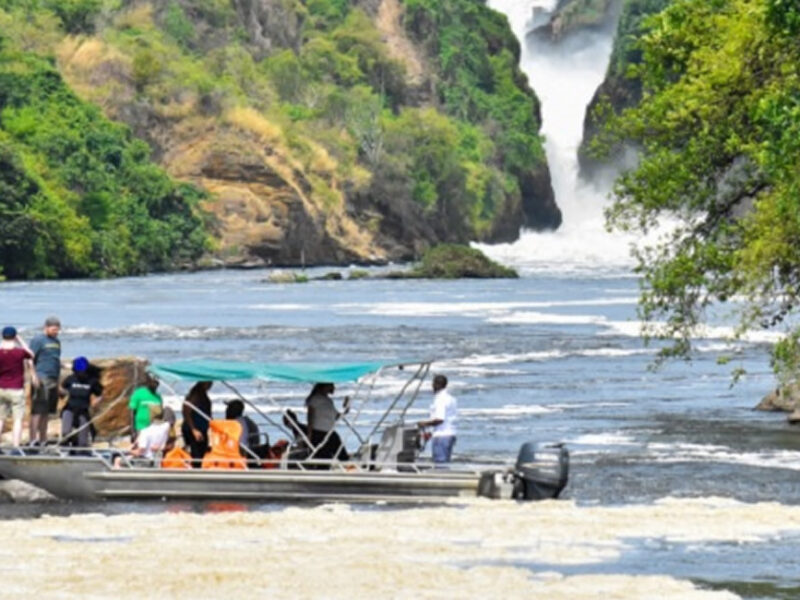Explore Uganda’s Primates National Parks
Kibale National Park contains one of the loveliest and most varied tracts of tropical forest in Uganda. Most famously 13 species of primate including the chimpanzee reside in the park. The park is popular because of the over 14 primate species that live within the park , that including 1550 Chimpanzees, Red Colobus monkey, the uncommon L’Hoest’s monkey, the Ugandan Manageable (or Grey-cheeked Manageable), Black and White Colobus Monkey, Blue Monkey, Red-tailed Monkey, Bush baby and Potto.
While on a tour to this park, it’s inevitable for one to see these primates swinging from the tree branches. There are also over 350 bird species that live in the park together with forest elephants, buffaloes, giant forest hogs and numerous antelope species. This 180 km-long migration corridor for wildlife is one of the most stunning parks in Uganda. It is considered the Primate Capital of the World. Therefore for more information visit www.ugandantour.com and the Uganda experts will help you tailor your safari.
Bwindi National Park is thought to have one of the richest faunal communities in East Africa. There are an estimated 120 mammal species in the park, ten of which are primates, and more than 45 of which are small mammal species. The park is important for the conservation of afro-montane fauna, especially species endemic to the western rift valley’s mountains. Along with mountain gorillas, species in the park include the common chimpanzee, L’Hoest’s monkey, African elephant, African Green Broad bill, and Cream-banded Swallowtail, black and white Columbus, red-tailed monkeys, vervets, the giant forest hog, and small antelope species. There occur many carnivores, include the side-striped jackal, African golden cat and African civet.
The park has more than 350 bird species and more than 200 butterfly species. The fish species in the park’s rivers and streams are not well known. The park is inhabited by a population of about 340 individual mountain gorillas, known as the Bwindi population, which makes up almost half of all the mountain gorillas in the world. The rest of the worldwide mountain gorilla population is in the nearby Virunga National Park.
A 2006 census of the mountain gorilla population in the park showed that its numbers had increased modestly from an estimated 300 individuals in 1997 to 320 individuals in 2002 to 340 individuals in 2006 and now 400 species. Gorillas move to new places every day and never stay in one place twice. There is nothing like closest or furthest gorilla family, trek terrain may be different but the time taken is unpredictable. A 2 or 3 hour trek today could be tomorrow’s 6 or 7 hours. Booking your preferred gorilla safari is possible but has to be done through your preferred tour agency/operator ahead of time.

